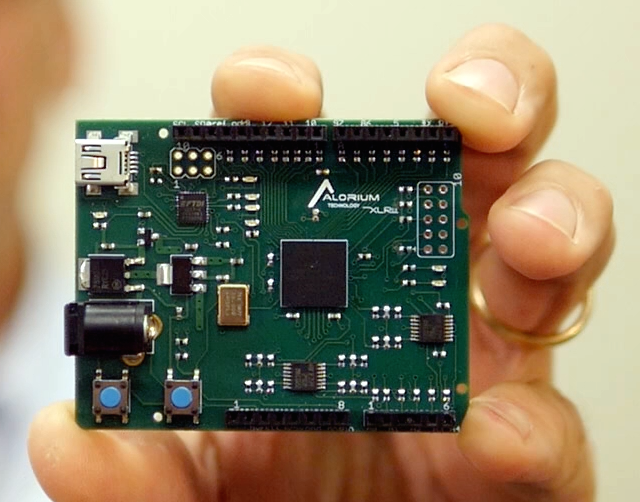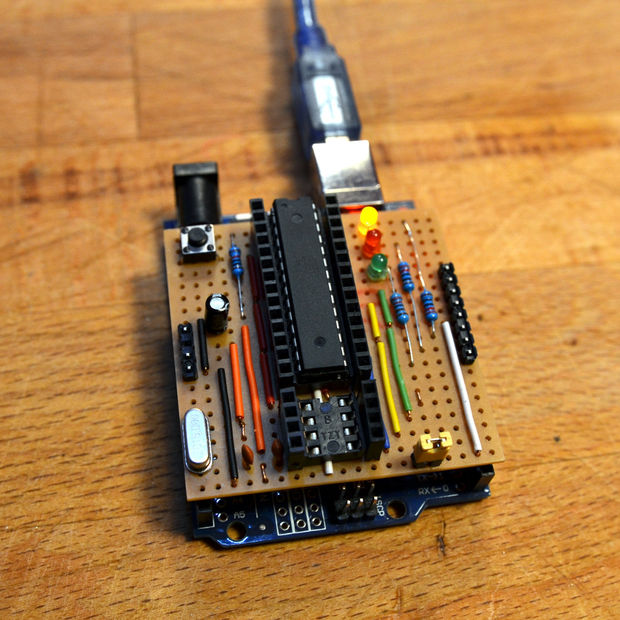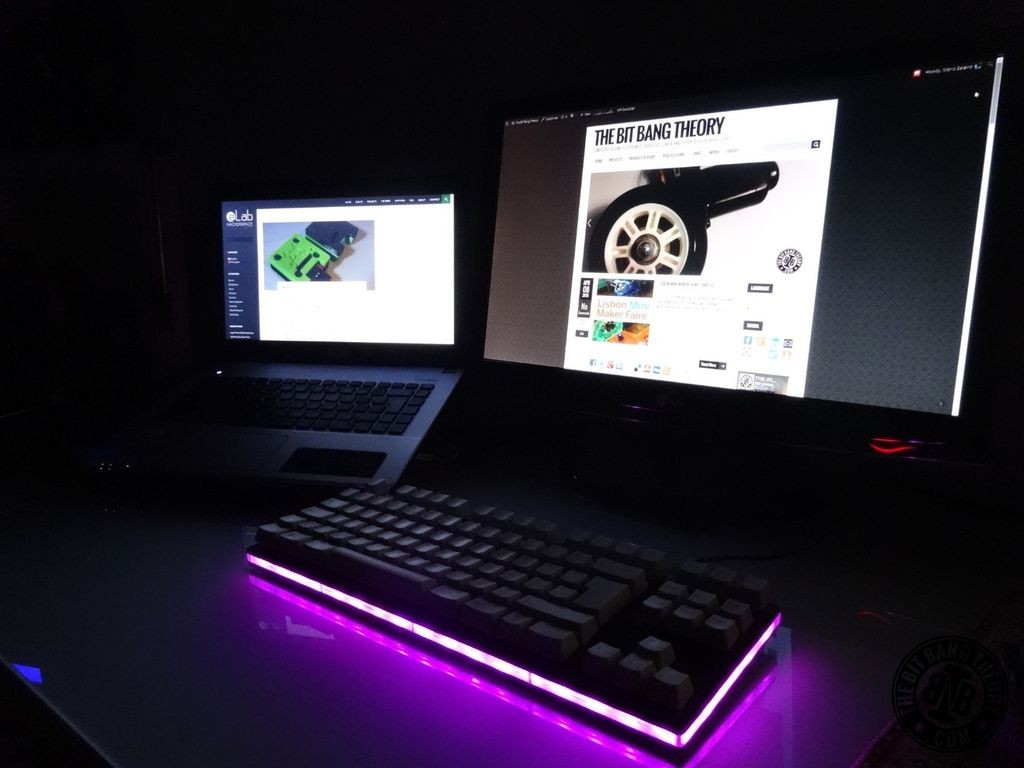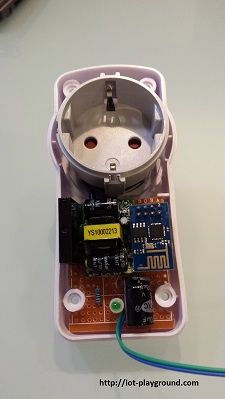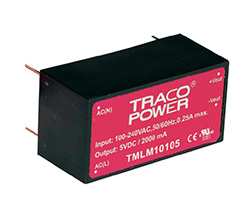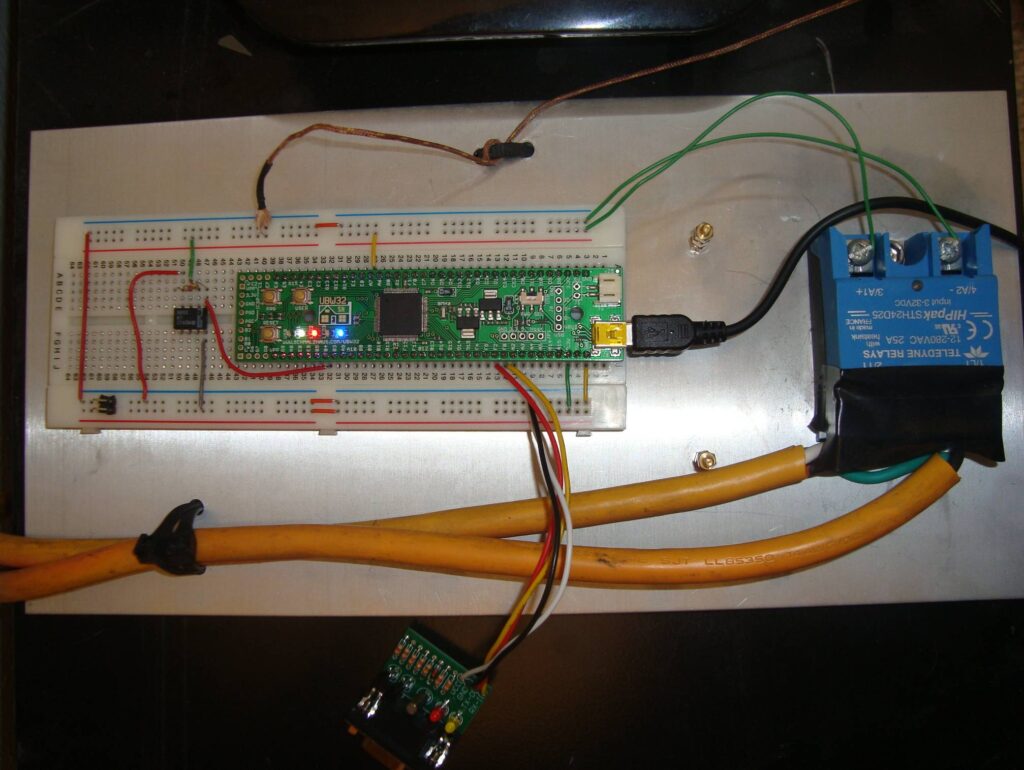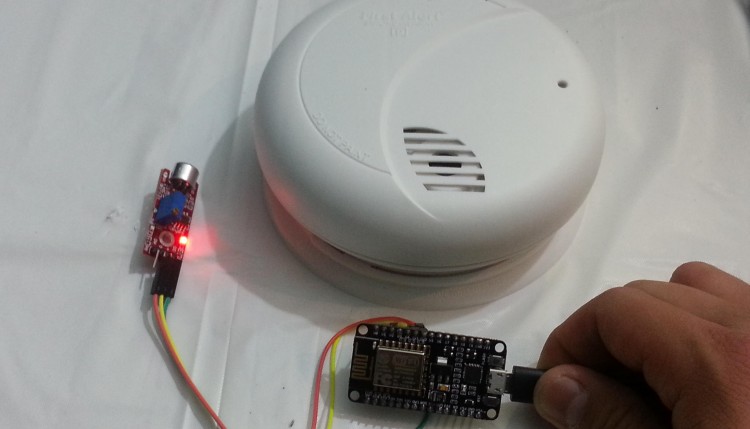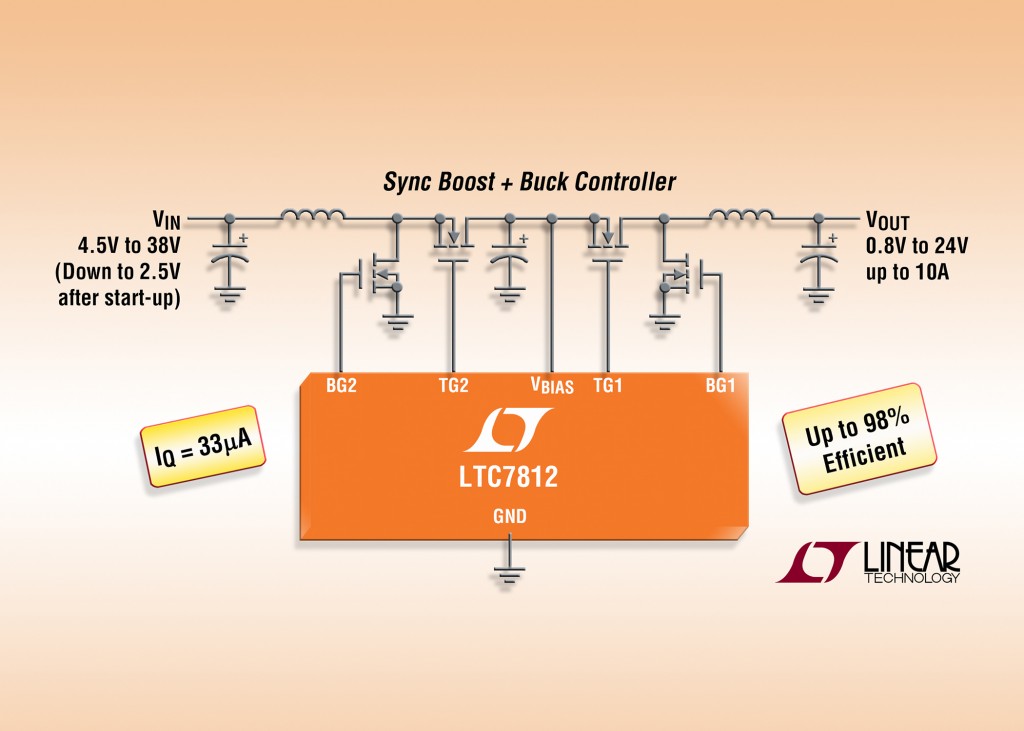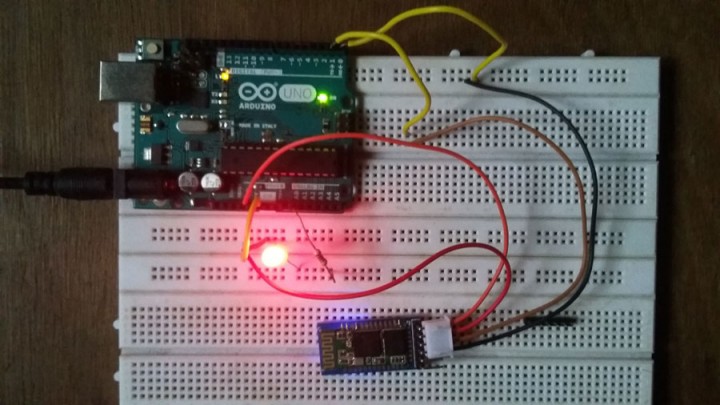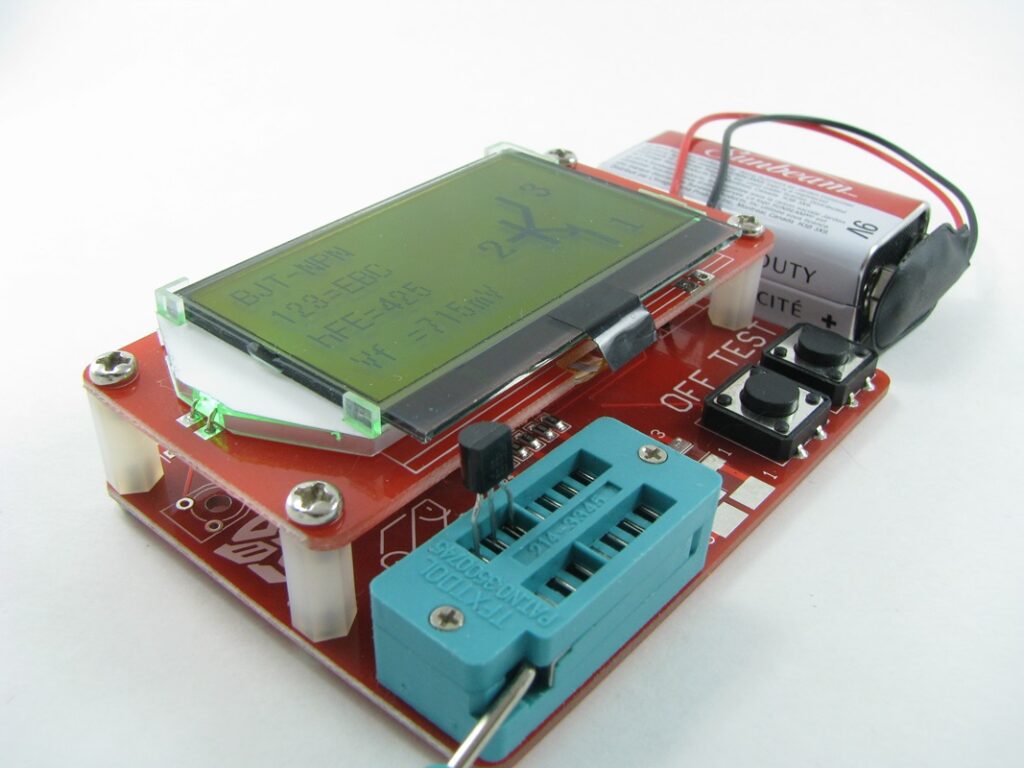XLR8 has both an ATmega328 clone and custom accelerator blocks on an FPGA and uses the standard Arduino IDE for programming.
XLR8 is a drop-in replacement for an Arduino Uno, but with a twist. It is an Arduino-compatible board that uses a Field-Programmable Gate Array (FPGA) as the main processing chip.
The FPGA provides a reconfigurable hardware platform that hosts a clone of an ATmega328 microcontroller. The FPGA also provides the ability to implement custom logic that accelerates specific functionality known to be slow or otherwise problematic for the standard 8-bit ATmega328 microcontroller.
The FPGA-based hardware acceleration and offload provided by XLR8 results in significantly improved performance in the same physical footprint and using the same tool chain as standard Arduino Uno boards.
XLR8: Arduino-compatible FPGA-based Application Accelerator – [Link]



